La Ribeira Sacra
November 2003
 |
t is
known as
Ribeira Sacra
the zone extending from Castro Caldelas to
Ourense along the southern margin of the river Sil up to the confluence
with the river Miño. It forms the natural limit that separates the
provinces of Lugo and Ourense.
|
|
This name is due to the great concentration of monasteries which settled in this zone between the 10th and the 12th centuries and organised the religious, economic and social life of this region. Several monasteries are actually in ruins while others have been restored recently. The landscape is covered by vegetation extending across deciduous forests in valleys and rocky gorges where monks retired to devote themselves to sermon, pray and holy sacrifice. |
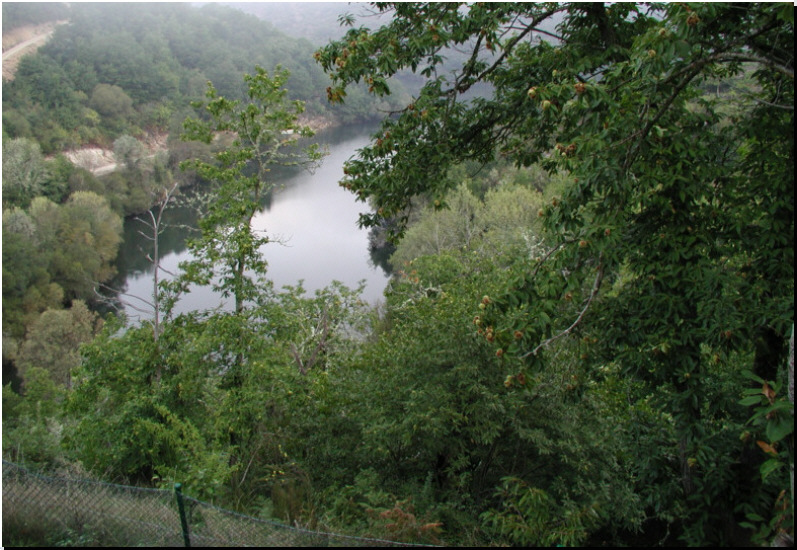
The river Sil as seen from Casa dos Castiñeiros |
In this trip we followed road OU-536 from Ourense to Vilariño Frio where
a local road northwards led us up to Parada
de Sil.
Among several options we lodged in Casa dos Castiñeiros located in a small place called Rabacallos, at the edge of the river Sil near to Parada de Sil.
|
| Close to Parada de Sil we find the Monastery Santa Cristina de Ribas de Sil, of uncertain origin though it is documented in the 9th century as belonging to the Benedictine Order. It gave us the impression of being abandoned. | 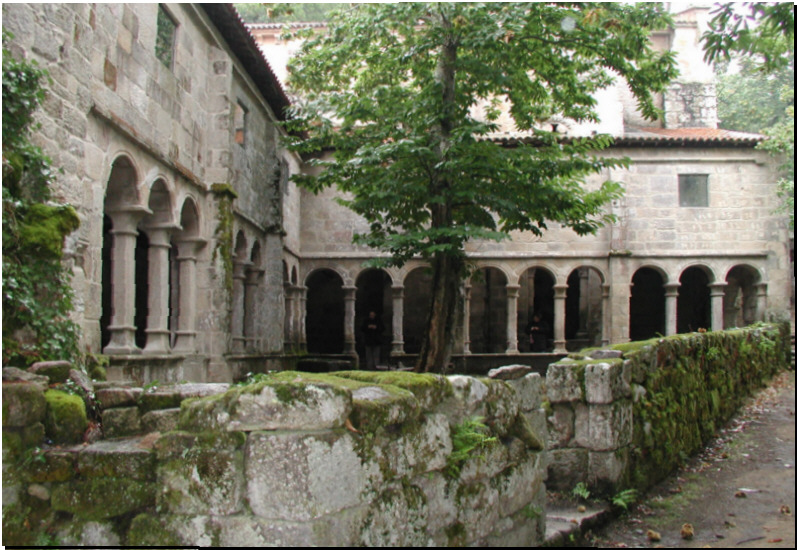
Lateral view of Santa Cristina de Ribas de Sil |
|
|
|
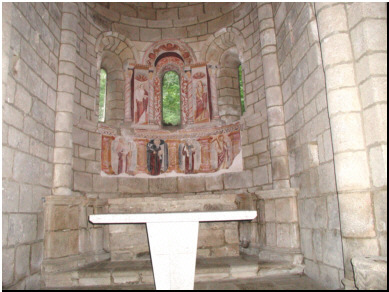 Interior of the apse |
|
 |
Niñodaguía's pottery preserves a traditional earthenware adapted to an ornamental use. Using clay of a white tone found in this zone, the craftsmen obtain pieces that they varnish later in yellow tones. They are very valued pieces. |
|
Typical ceramics of Niñodaguia |
|
|
Following westward the left margin of the River Sil a scenic road led us
to the Monastery Santo Estevo
de Ribas de Sil.
(See map).
|
||
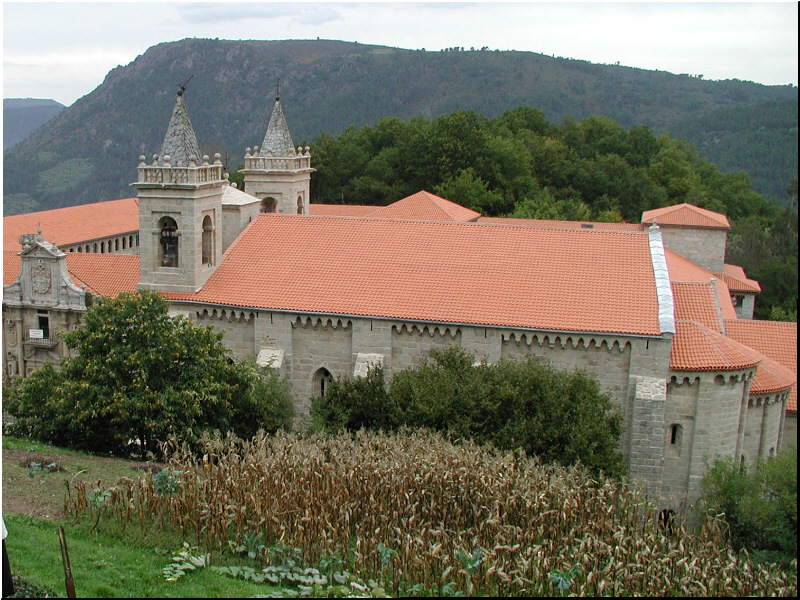
|
The monastery was under restoration, so we had to see it from the surroundings, without having access to it.
This Benedictine Monastery was founded with origins that date back to
the 6th century.
|
|
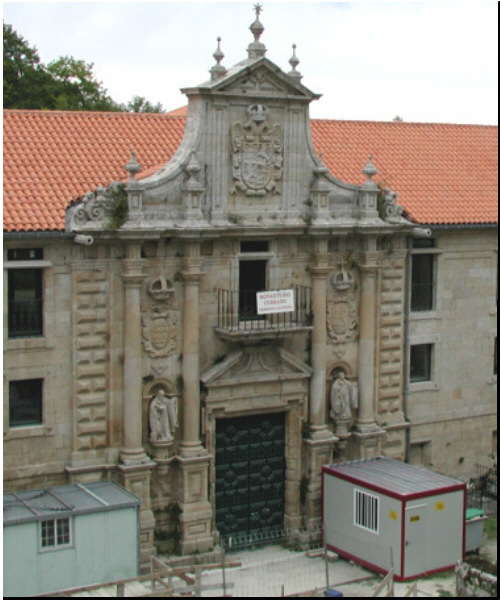 |
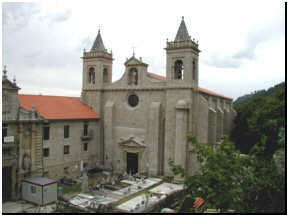 |
|
|
Different views from the surroundings of the Monastery Santo Estevo de Ribas de Sil under restoration.
|
|
Contemplating the breathtaking canyons of the river Sil, and after a trip in a catamaran, eventually we arrived at the dam that holds back the waters before they pour into the river Miño. (See
map) |
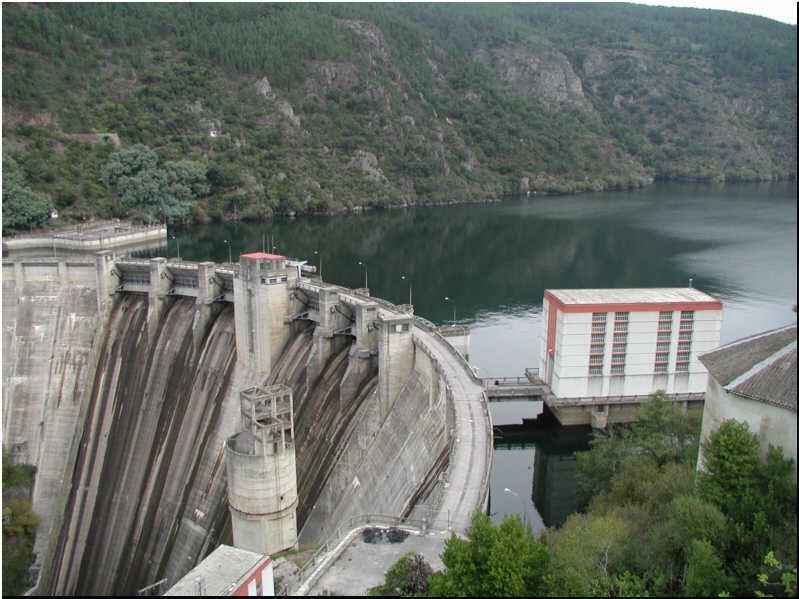
Dam of the river Sil near its union with the river Miño |
|
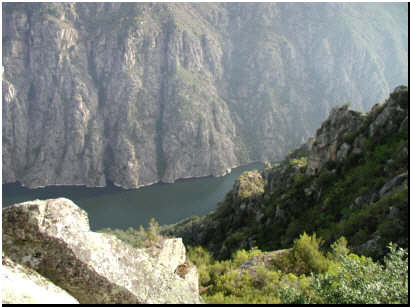
|
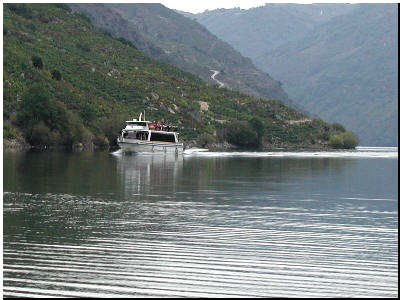 |
|
![]()
Some interesting links:
In English
The Canyon of the River Sil The Banks of the River Sil
The Sacred Bank Tourist guide
In Spanish
La Ribeira Sacra Guía turística de Galicia
PDT Ribeira Sacra Plan de Dinamización Turística
Románico en la Ribeira Sacra Guía de arte románico